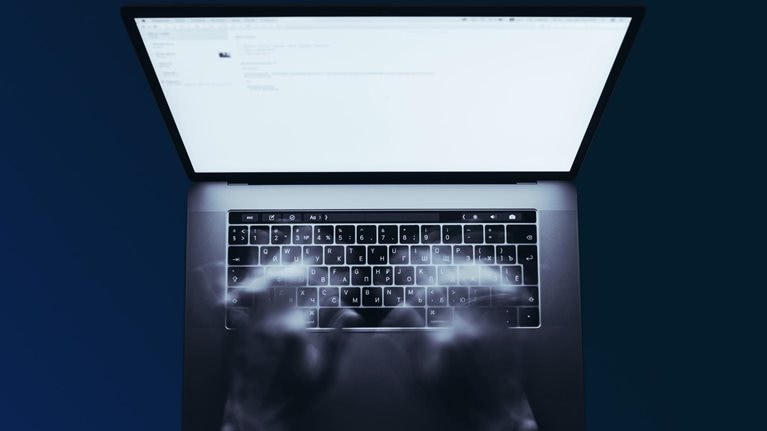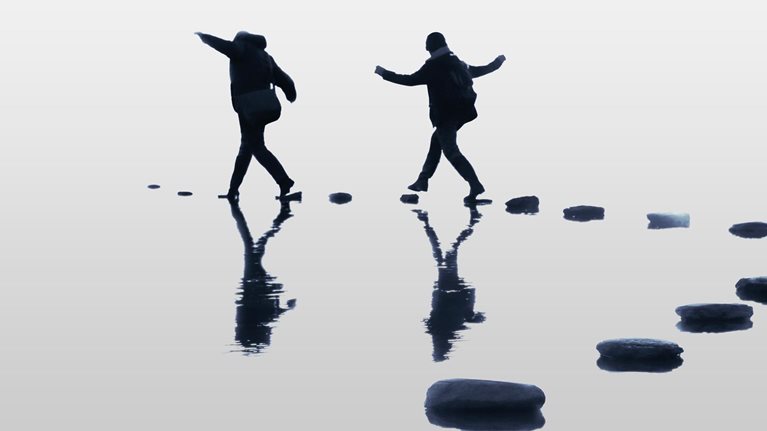The COVID-19 reset
Kevin Sneader: It’s become very clear just about everywhere that we are going to have to get used to waves of disruption and, as a result, a constant battle. In fact, the way I would describe this is we’ve moved from all-out warfare to the hunt for a dangerous criminal who pops up in many different places, who requires us to take different actions depending on where they appear, and who doesn’t actually go away. COVID-19 is a criminal who will continue to plague us for some time to come.
Vivian Hunt: Healthcare and lives, the economy and livelihoods, and also civil liberties have really been challenged during this period. The concerns about the treatment of Black Americans at the hands of the police, the reactions to George Floyd’s killing, and basically a reexposure on these global digital platforms of bias and concerns about fair treatment have really lit a very human and important touchpaper and a desire to address that as we think about ways to build back better.
Bob Sternfels: If I think about some of the potential pitfalls that I’m seeing senior executives [fall into], it’s thinking about this next phase as “a return to what I had before” as opposed to taking the opportunity to say, “Can I reset or reimagine my organization?” I think some of the most inspiring conversations I’ve had with CEOs are about, “How do I rewire my organization for this speed that’s based on design versus based on adrenaline?”
Dashboards and data-driven insights
Kevin Sneader: The first piece of advice I’d offer a CEO is forecasts are out, dashboards are in. The notion that you can now forecast the economy, healthcare, and other aspects of what can disrupt life, I think, is gone. Now we’re in an environment where we’ve also learned that what you really need to have a handle on are the metrics, insights, and what’s actually happening on the ground—the dashboard of daily life.
Bob Sternfels: Are you investing enough in understanding the different sources of data and information to be able to adjust and make decisions? It comes with this notion of, “I’m going to have to make a lot of decisions and be agile, so am I investing to have my fingers on the sources of different parts of input?” Some of that may be input about my customers. Some of it may be input about regulatory environments changing. And some of it may be input about my suppliers and partners.
Vivian Hunt: It also requires CEOs and other leaders to be knowledgeable enough about data and technology to be able to make informed decisions. The chief information officer, the chief technology officer, marketing—every decision is now powered by a set of data and analytics that you have to understand quite deeply.

The future of business: Reimagining 2020 and beyond
What leadership looks like now
Kevin Sneader: You really do have to think like an attacker all over again. Even if you were the incumbent, even if you were the leader before this pandemic, you’re now the attacker, so you must take the steps that attackers take. Think very differently. Look for new opportunities, new markets. Reshape the portfolio and, yes, look at mergers and acquisitions. Plan to do things quite differently as the future unfolds.
Vivian Hunt: For business leaders, I think it’s been really challenging to find the resilience to really lead in a more human way. Particularly when you think about some of the issues around inclusion, equality, social justice, and how to build back better toward a net-zero economy, how do you make sure you’ve got the resilience to be able to lead in a bold, empathetic, and ethical way? And if you never knew that you needed all of those skills, you know it for sure now. I think that’s been an important insight for many leaders.


